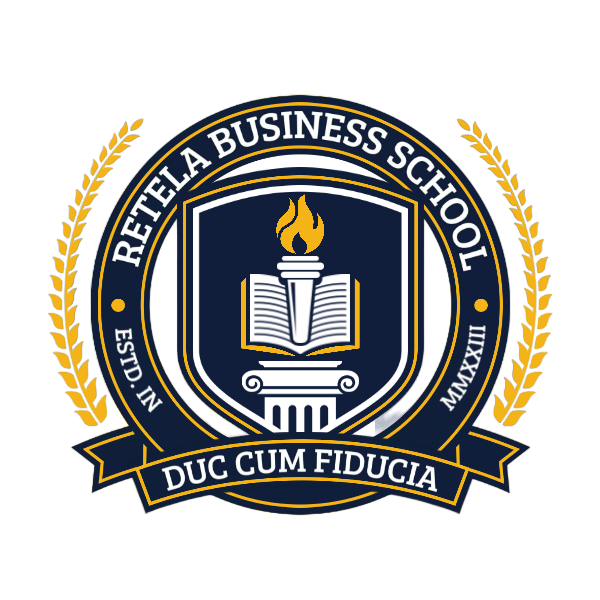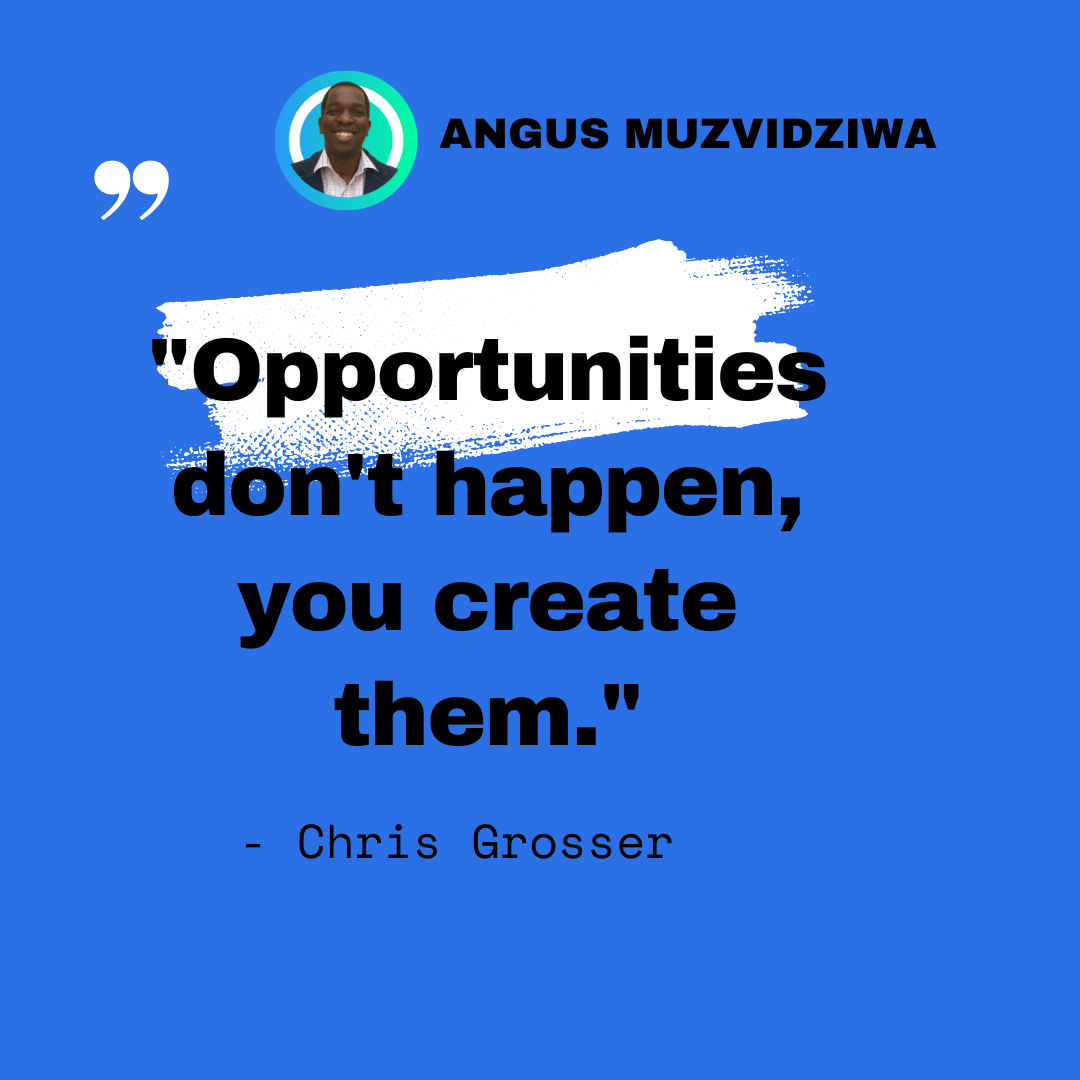Navigating the Unexpected: Insights from Nokia
The age-old adage "what goes up must come down" has never been more pertinent than in the realm of organizational dynamics. In this LinkedIn thought leadership piece, I aim to unpack the intriguing concept of "Organizational Catastrophe Theory" and extract key strategic insights from the cautionary tales of giants like Nokia.
The Perils of Organizational Catastrophe Theory
Organizational Catastrophe Theory, a fascinating field of study, sheds light on the sudden and unexpected declines that can befall even the mightiest of enterprises. At its core, this theory posits that organizations, much like complex systems in nature, can reach critical thresholds where a small change in circumstances can trigger a cascading collapse.
The case of Nokia, once the undisputed leader in the mobile phone industry, is a prime example. As the former CEO famously lamented, "We did everything right, but why did we end up this way?" This perplexing sentiment underscores the fundamental principle of Organizational Catastrophe Theory – that success can breed a false sense of security, leading executives to believe they have it all figured out.
The Paradox of Active Inertia
Closely related to this phenomenon is the concept of "active inertia," which describes the tendency of organizations to double down on strategies that have worked in the past, even when the external environment has drastically changed. Nokia's steadfast adherence to its proprietary Symbian operating system, long after the market had shifted towards more open platforms like Android and iOS, is a textbook case of active inertia in action.
Similarly, the consistent financial performance of Innscor Africa Limited, a diversified conglomerate, could potentially be a manifestation of active inertia. While maintaining a stable revenue and profit range over the past decade may appear like a mark of efficiency, it could also signify a reluctance to adapt to evolving market dynamics and consumer preferences.
Lessons from the Downfalls
As a C-suite executive, I've closely examined the strategic decisions and actions that led to the downfalls of Nokia. Here are the key insights I've derived:
- Adaptability is the New Competitive Advantage: In a rapidly changing business landscape, the ability to pivot and adapt quickly is paramount. Clinging to past successes can blind organizations to emerging disruptors and technological shifts, ultimately leading to their demise.
- Continuous Reinvention is Essential: Complacency is the enemy of innovation. Successful organizations must constantly challenge their assumptions, embrace new ideas, and be willing to cannibalize their own products and services to stay ahead of the curve.
- Cultivate a Culture of Constructive Dissent: Surrounding oneself with "yes-men" is a surefire recipe for disaster. Encourage a culture where diverse perspectives are welcomed, and constructive criticism is valued as a means of driving progress.
- Leverage Data-Driven Decision Making: In an era of big data and advanced analytics, relying solely on intuition or historical precedents is a recipe for failure. Develop robust data-gathering and analysis capabilities to inform strategic choices and course corrections.
- Embrace Agile Methodologies: The rigid, top-down approach that may have worked in the past is often ill-suited to the dynamic nature of modern business. Adopting agile frameworks that promote rapid experimentation, continuous learning, and cross-functional collaboration can help organizations stay nimble and responsive.
- Foster a Mindset of Continuous Improvement: Successful organizations don't rest on their laurels. They constantly seek to optimize their processes, streamline their operations, and identify areas for improvement, even when things seem to be going well.
Applying the Lessons: A C-suite Perspective
As a C-suite executive in another organization, I would take these lessons to heart and apply them with a renewed sense of urgency. Here's how I would approach the challenges of Organizational Catastrophe Theory and active inertia:
- Establish a Culture of Adaptability: Instill a mindset across the organization that celebrates change and rewards the willingness to explore new ideas. Encourage employees to question the status quo and propose innovative solutions to emerging challenges.
- Implement a Continuous Reinvention Strategy: Regularly review and assess the organization's product and service offerings, identifying opportunities for improvement, diversification, or even cannibalization. Dedicate resources to research and development, and empower cross-functional teams to explore new growth avenues.
- Foster a Culture of Constructive Dissent: Create safe spaces for open and honest dialogue, where employees feel empowered to voice their concerns and challenge the decision-making processes. Recognize and reward those who bring forth constructive criticism, as they are invaluable in identifying blind spots and potential risks.
- Leverage Data-Driven Insights: Invest in state-of-the-art data analytics capabilities, from market research to predictive modeling. Empower a dedicated team of data scientists and analysts to uncover actionable insights that can inform strategic decision-making across the organization.
- Embrace Agile Methodologies: Transition the organization's operational framework to an agile, iterative approach. Implement cross-functional teams, frequent check-ins, and rapid prototyping to foster a culture of experimentation and continuous learning.
- Cultivate a Mindset of Continuous Improvement: Establish key performance indicators (KPIs) and regularly review them to identify areas for optimization. Encourage employees at all levels to contribute ideas and participate in process improvement initiatives, creating a shared sense of ownership and accountability.
By implementing these strategies, I believe we can better navigate the treacherous waters of Organizational Catastrophe Theory and active inertia. Rather than falling victim to the same pitfalls that have plagued giants like Nokia, we can position our organization for long-term success and resilience in the face of an ever-evolving business landscape.
💡 React to support.
💬 Comment to share your thoughts.
♻ If you like this content repost this to your network and
➕ Follow me for more tactical strategic tips.



Comments ()